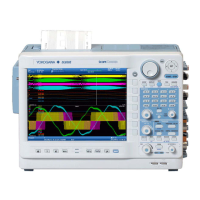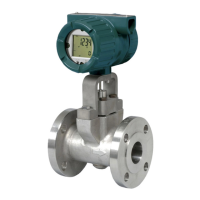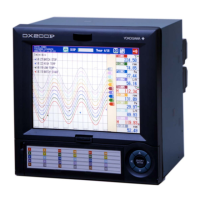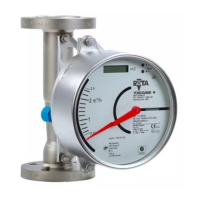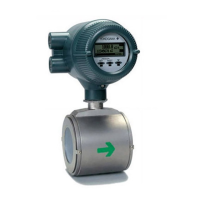2-50
IM 701210-05E
DSP Channels <Chapter 15>
What DSP Channels Are
DSP (Digital Signal Processor) channels are used to perform computations between
channels and filter computations in realtime using the output data of the input module as
the source. Below are the characteristics of DSP channels.
• Performs relatively simple computations such as the addition, subtraction,
multiplication, and division (+, –, ×, and ÷) between channels, 4 types of digital filters,
differentiation, and integration.
• The computation source of DSP channels is 16 bits. However, internally, the value is
converted into a floating-point decimal number for performing computations. The
computed result is converted into 16-bit data assigned by the range value (Value/Div),
and then stored to the memory. (For a description of the computation format, see
appendix 6.) The display is based on 2400 LSB/div (same as the 16-bit analog
module).
• There are four selectable digital filter formats (sharp, Gauss, IIR (Butterworth), and
moving average) and three selectable digital types (LPF, HPF, and BPF). The
characteristics of each filter are indicated below.
Filter Format Characteristics Filter Computation
Type Type
SHARP Steep attenuation slope (–40 dB per octave) LPF
1
FIR
Linear phase and constant group delay HPF
1
Ripple exists in the passband BPF
1
Stop band is comb-shaped
GAUSS Gentle attenuation slope LPF FIR
Linear phase and constant group delay
No ripple in the passband
There is no overshoot in the step response.
Low order and small delay
MEAN Comb-shaped characteristics LPF FIR
(Moving Average) Linear phase and constant group delay
There is no overshoot in the step response.
IIR (Butterworth) Attenuation slope is between SHARP and GAUSS LPF IIR
Not linear phase and group delay not constant HPF
No ripple in either passband or stopband BPF
Close to the characteristics of an analog filter
Cutoff frequency can be set lower than SHARP/GAUSS
1. LPF, HPF, and BPF denote low-pass filter, high-pass filter, and bandpass filter, respectively.
• The cutoff frequency, center frequency, and pass band of the digital filter are set in
terms of percentages of the fs (sampling frequency).
• The sampling frequency varies depending on the T/div and record length settings.
The maximum sample rate is 100 kS/s (6 channels simultaneously). At sample rates
above 100 kS/s, data is automatically re-sampled at 100 kS/s. In envelope mode,
data is always sampled at 100 kS/s. (Note that the sampling frequency of the digital
filter always follows the behavior described above.)
• High speed because computation is performed at the stage before the waveform is
acquired (stage before the data enters the acquisition memory).
• Displays waveforms in realtime even during roll mode display.
• Various computation parameters such as the cutoff frequency of the digital filter can
be changed while waveform is being acquired.
• Triggers can be activated on the computed result.
• Same record length as analog channels (achieves long memory).
• 16 analog channels + 6 computed waveform channels of DSP channels = 22
channels can be displayed simultaneously.
2.6 Waveform Computation
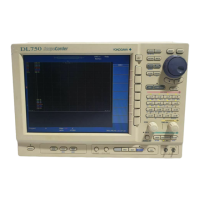
